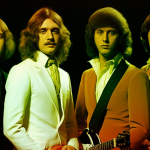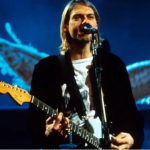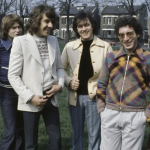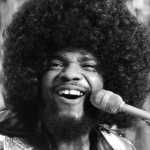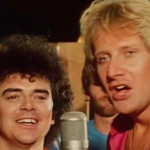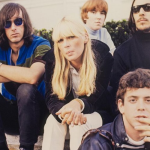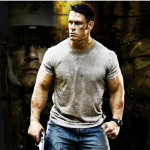“Behind Blue Eyes” – The Who

“Behind Blue Eyes” by The Who: A Portrait of Inner Struggle and Isolation
“Behind Blue Eyes” by The Who, released in 1971 as part of their landmark album Who’s Next, is a haunting and introspective song that stands out for its emotional depth and lyrical poignancy. Written by the band’s guitarist and primary songwriter, Pete Townshend, the song delves into themes of isolation, inner turmoil, and the struggle between good and evil within oneself. It offers a glimpse into the emotional and psychological challenges faced by those who, outwardly, may appear strong and in control, but inwardly are dealing with conflict and pain. “Behind Blue Eyes” is not only one of The Who’s most powerful songs but also one of the most personal and relatable tracks in their vast catalog.
The song opens with a gentle acoustic guitar and Roger Daltrey’s subdued yet emotionally charged vocals. Daltrey sings from the perspective of a character who feels misunderstood and isolated, someone who is struggling to reconcile their inner feelings with how the world perceives them. The opening lines, “No one knows what it’s like to be the bad man, to be the sad man, behind blue eyes,” immediately set the tone for the song’s exploration of loneliness and emotional disconnect. The lyrics suggest that, beneath the surface, the character is carrying a heavy emotional burden, but no one sees or understands this pain.

Pete Townshend originally wrote “Behind Blue Eyes” as part of a larger conceptual project called Lifehouse, a rock opera that was intended to be the follow-up to Tommy. Although the Lifehouse project was never completed, many of the songs intended for it found their way onto Who’s Next, including “Behind Blue Eyes.” The song’s protagonist was meant to be a character struggling with feelings of alienation and moral conflict, themes that resonate deeply in the song’s lyrics and emotional tone.
One of the most compelling aspects of “Behind Blue Eyes” is its dual nature. The song starts quietly and introspectively, with the acoustic guitar and soft vocals evoking a sense of vulnerability and sadness. However, halfway through the song, it shifts dramatically in tone and intensity. The quiet introspection gives way to a powerful, driving section marked by electric guitar, drums, and Daltrey’s more aggressive vocals. This transition reflects the character’s internal struggle—while they may present a calm and composed exterior, beneath the surface there is anger, frustration, and a desire to break free from the constraints of their emotions.

The lyrics of the second half of the song reveal a more conflicted and angry side of the character. Lines such as “When my fist clenches, crack it open / Before I use it and lose my cool” express the struggle to maintain control and resist violent impulses. This darker side contrasts sharply with the vulnerability expressed in the earlier verses, highlighting the internal battle between good and evil, and the difficulty of living with this duality. It speaks to the human condition—the tension between who we want to be and the darker impulses we sometimes cannot control.
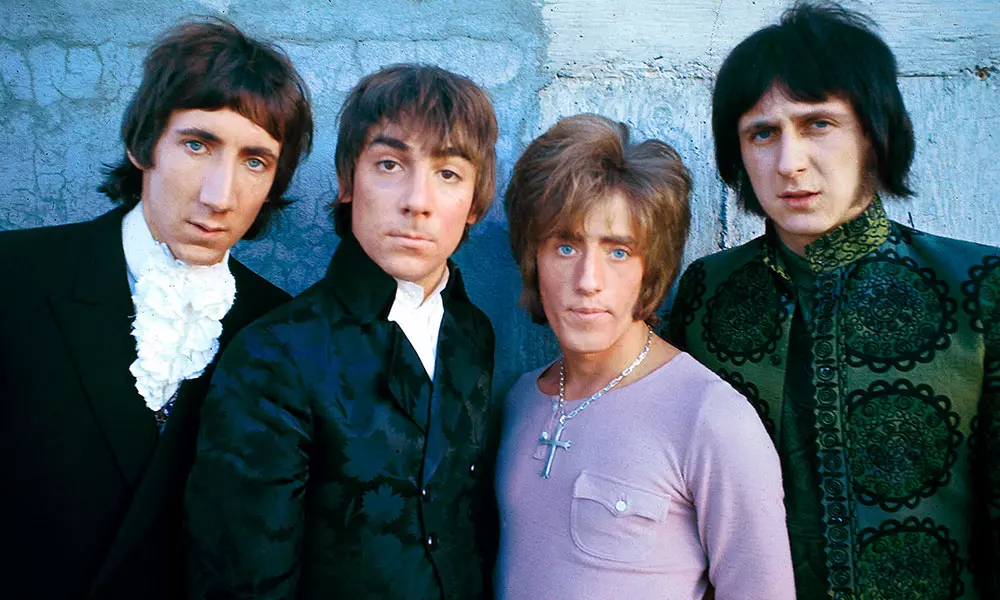
“Behind Blue Eyes” can be seen as a reflection of Pete Townshend’s own inner struggles. Throughout his career, Townshend grappled with feelings of alienation and frustration, both as a musician in the spotlight and as a person dealing with the pressures of fame, identity, and personal demons. The song’s portrayal of a person who feels misunderstood and trapped by their own emotions is deeply personal and reflects Townshend’s own experiences. At the same time, it taps into a universal feeling of being unseen and misunderstood, making it a song that resonates with listeners on a deep emotional level.
The contrast between the soft, melancholy verses and the harder, more aggressive middle section also mirrors The Who’s signature sound. The band was known for their ability to blend quieter, introspective moments with explosive, energetic bursts of sound, and “Behind Blue Eyes” is a perfect example of this dynamic. Roger Daltrey’s vocal performance is particularly notable for its range—he shifts from a soft, almost vulnerable tone in the verses to a powerful, commanding delivery in the middle section, perfectly capturing the dual nature of the song’s protagonist.

Musically, the song’s arrangement reflects its emotional themes. The acoustic guitar in the verses creates a sense of intimacy and introspection, while the shift to electric guitar and drums in the middle section adds a sense of urgency and intensity. The instrumental break in the middle of the song is especially powerful, with Keith Moon’s drumming driving the song forward with a relentless energy that contrasts with the quiet restraint of the earlier verses. John Entwistle’s bass work also adds depth to the song, grounding the more chaotic moments with a steady, melodic presence.
“Behind Blue Eyes” has become one of The Who’s most iconic songs, and it continues to resonate with listeners decades after its release. Its themes of isolation, emotional conflict, and the struggle to maintain control over one’s darker impulses are timeless, making the song relevant across generations. The song’s emotional complexity and Townshend’s thoughtful songwriting have ensured its place as a classic in the rock music canon.
In conclusion, “Behind Blue Eyes” by The Who is a powerful and introspective exploration of the emotional struggles that lie beneath the surface. Through its evocative lyrics and dynamic musical arrangement, the song captures the feeling of being misunderstood and the internal conflict between good and evil that exists within us all. It remains a testament to The Who’s ability to create music that is both deeply personal and universally relatable, and it continues to stand as one of the band’s most enduring and beloved songs.
